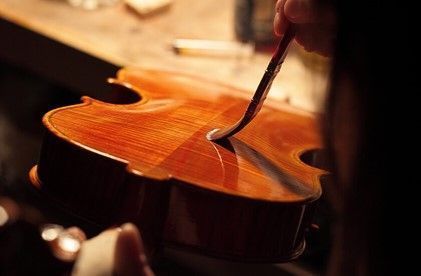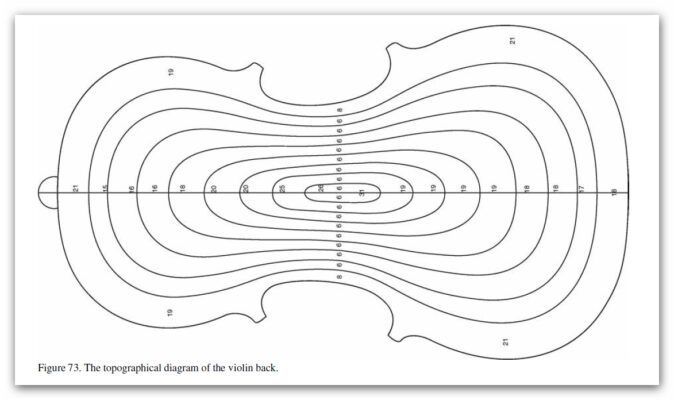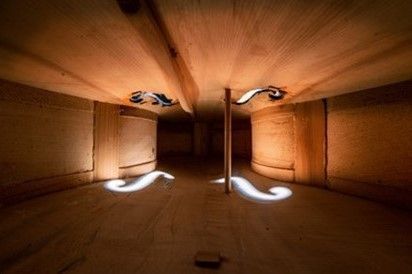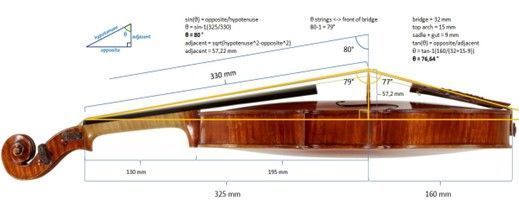Varnish: Aesthetic and Sonic Influence
The varnish applied to a violin serves both aesthetic and sonic purposes, contributing to the instrument’s overall appearance and sound quality. Here’s a deeper exploration of the aesthetic and sonic influence of varnish on violins:

Aesthetic Influence
Enhancing Visual Appeal
Varnish is responsible for imparting color, depth, and luster to the wood, enhancing the visual appeal of the instrument. It can range from transparent to opaque and can be customized to achieve various finishes, such as glossy, satin, or antique. The choice of varnish color and texture allows for personalization and can reflect the luthier’s artistic style or match the preferences of the musician.
Tone Coloration
Varnish can subtly color the sound produced by the instrument. The specific varnish characteristics, such as its density, composition, and texture, can impart certain tonal qualities to the instrument. For instance, a softer varnish may allow for warmer and more mellow tones, while a harder varnish may enhance brightness and clarity.
Highlighting Wood Grain
Varnish brings out the natural beauty of the wood grain, emphasizing its figure and texture. The application of varnish helps to accentuate the visual character of the instrument, showcasing the unique patterns and figuring of the wood. The varnish can be layered and polished to achieve depth and clarity, creating a visually captivating instrument.
Acoustic Dampening
Varnish has influence the instrument’s acoustic properties by affecting the damping or absorption of specific frequencies. The composition and thickness can impact the resonance and sustain of certain frequencies, contributing to the instrument’s overall tonal balance and timbre.
It’s worth noting that it’s influence on the violin’s sound is subtle compared to other factors such as wood selection, graduation, and setup. It acts as a thin layer that adds a final touch to the instrument’s sonic characteristics. Skilled luthiers carefully consider varnish composition, application techniques, and their impact on the instrument’s desired tonal qualities.
Protection and Aging
Varnish acts as a protective layer for the wood, shielding it from environmental factors and wear. It helps prevent moisture absorption, minor scratches, and UV damage. Additionally, over time, the varnish can age and develop a beautiful patina, adding character and depth to the instrument’s appearance.
Ultimately, the varnish on a violin not only enhances its visual beauty but also subtly influences its sonic characteristics. The combination of an aesthetically pleasing varnish and well-crafted sound production elements contributes to the creation of a violin that not only looks stunning but also produces a rich, resonant sound that captivates musicians and listeners alike.
Sonic Influence:
Resonance and Vibration
The varnish can influence the resonance and vibration of the instrument. The application of varnish affects the way the wood interacts with sound waves, influencing the instrument’s tonal qualities. A well-applied varnish allows the wood to vibrate freely, enhancing the instrument’s responsiveness and tonal complexity.
Tonewood Interaction
The varnish interacts with the tonal properties of the wood, influencing the instrument’s sonic characteristics. The thickness and composition of the varnish layer can affect the wood’s ability to vibrate and transmit sound. Different varnish formulations can produce variations in the instrument’s tonal balance, richness, and projection.
Address
3863B S. Campbell
Springfield, MO 65807
Phone







